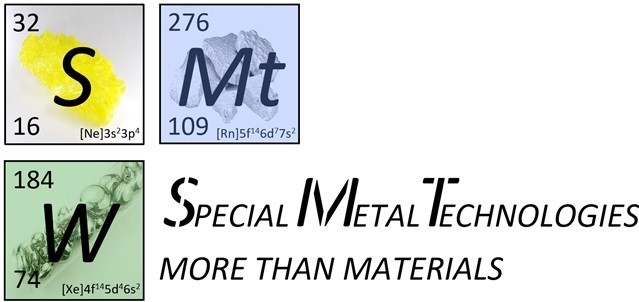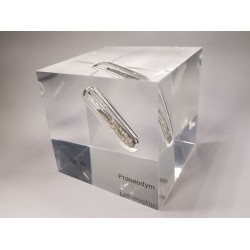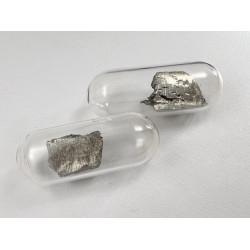- Shop
- Acrylic cubes
-
Elements
- Hydrogen
- Helium
- Lithium
- Beryllium
- Boron
- Carbon
- Nitrogen
- Oxygen
- Fluorine
- Neon
- Sodium
- Magnesium
- Aluminium
- Silicon
- Phosphorus
- Sulfur
- Chlorine
- Argon
- Potassium
- Calcium
- Scandium
- Titanium
- Vanadium
- Chromium
- Manganese
- Iron
- Cobalt
- Nickel
- Copper
- Zinc
- Gallium
- Germanium
- Arsenic
- Selenium
- Bromine
- Krypton
- Rubidium
- Strontium
- Yttrium
- Zirconium
- Niobium
- Molybdenum
- Technetium
- Ruthenium
- Rhodium
- Palladium
- Silver
- Cadmium
- Indium
- Tin
- Antimony
- Tellurium
- Iodine
- Xenon
- Cesium
- Barium
- Lanthanum
- Cerium
- Praseodymium
- Neodymium
- Promethium
- Samarium
- Europium
- Gadolinium
- Terbium
- Dysprosium
- Holmium
- Erbium
- Thulium
- Ytterbium
- Lutetium
- Hafnium
- Tantalum
- Tungsten
- Rhenium
- Osmium
- Iridium
- Platinum
- Gold
- Mercury
- Thallium
- Lead
- Bismuth
- Polonium
- Astatine
- Radon
- Francium
- Radium
- Actinium
- Thorium
- Protactinium
- Uranium
- Neptunium
- Plutonium
- Americium
- Curium
- Berkelium
- Californium
- Einsteinium
- Fermium
- Mendelewium
- Nobelium
- Lawrencium
- Rutherfordium
- Dubnium
- Seaborgium
- Bohrium
- Hassium
- Meitnerium
- Darmstadtium
- Roentgenium
- Copernicium
- Nihonium
- Flerovium
- Moscovium
- Livermorium
- Tennessine
- Oganesson
- Buch
- References
- Periodic Tables
- Metalle Wimmer
- Metametals
Praseodymium
Praseodymium, with the chemical symbol Pr and atomic number 59, was discovered in 1885 by the Austrian chemist Carl Auer von Welsbach. He isolated it from didymium, a mixture of rare earth elements. The name "Praseodymium" originates from the Greek words meaning "green before," referring to the characteristic green line observed in the element's spectrum.
On Earth, praseodymium is not abundantly found, constituting approximately 0.00086% of the Earth's crust. It is primarily present in minerals such as monazite and bastnäsite. Praseodymium is a silvery-white, reactive metal.
Praseodymium has various applications, including use in glass manufacturing for yellow and green hues and in the steel industry as an alloy component for strength and corrosion resistance. In the future, intriguing applications may emerge in energy technology and electronics. Research is exploring the use of praseodymium in high-performance magnets for wind turbines and electric vehicles, as well as in advanced electronic components. The unique magnetic properties of praseodymium make it a promising candidate for future developments in sustainable energy generation and technology.
There are 2 products.
Active filters


